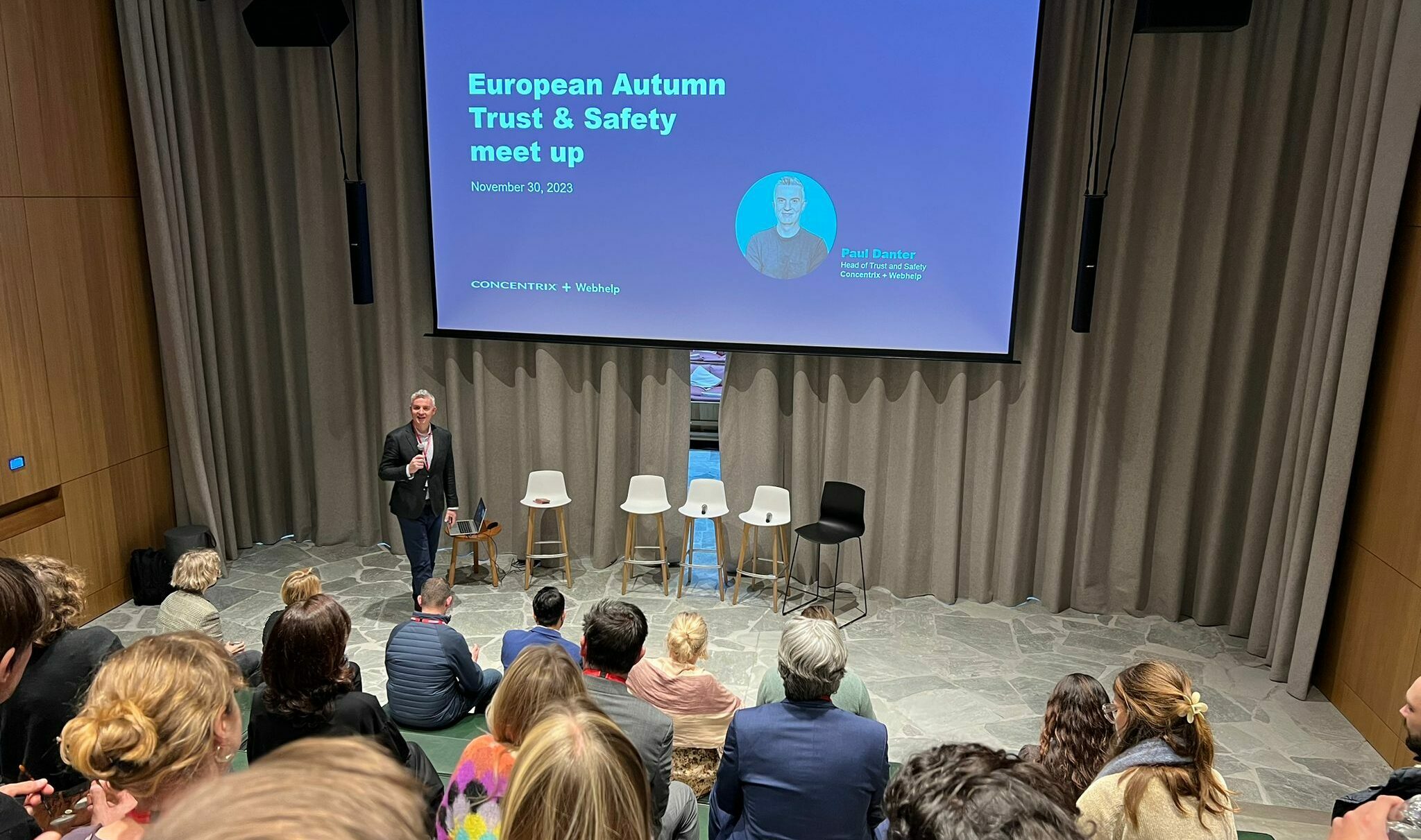The Webhelp team will be attending the RetailWeek Live event in London on March 7th and 8th. I’ve been taking a look through the agenda to see what is being discussed and one session titled ‘The Tech your Customer Really Cares About’ really caught my eye.
The constant innovation in retail technology is something that executives have to manage all the time. Whether you are managing point-of-sale systems, logistics, supply chain, or customer service, there is an endless wave of new technologies that commentators promise will change the game. But what do customers really want?
The answer is not easy. Take a look at the Amazon Go concept store in Seattle. It has captured the attention of the media and futurists across the world have declared that stores without checkouts are the future. But I think it will be a long time before the technology in this single grocery store can be rolled out in scale. What Amazon has done is prove that it is possible to build a store that does not require checkouts. However, it requires an enormous number of cameras and sophisticated computing power to monitor what customers are doing.
In the short to mid-term, what is far more likely is that more stores will create self-scanning apps so customers can use their own smartphone to scan and then pay for items. This achieves the same end goal – customers do not need to line up at a checkout – but it uses the technology that most customers are carrying around with them every day. Major retailers such as Walmart have already been installing systems like this and though it may make theft more likely, a few small losses can be offset against the benefit of improving the experience for most customers.
Another important point about offering services like self-scanning is that this benefit encourages people to download and login to the retailer’s app. This allows the retailer to know when the customer is shopping in-store and what they are looking at. This valuable information can reinforce the relationship by offering intelligent (and relevant) offers and recommendations in real-time. For instance, if a customer checks for information on a product, but never scans it into their basket, the system might send a special offer alert a minute later if it wants to further attract the customer.
Target now has robots inside stores that scan the shelves and create orders for inventory to be brought out. It could be argued that the shelf-stackers can just take a walk around the store and note what is required using pen and paper, but this is a good example of a retailer using a robot to perform a monotonous task. The robot is constantly checking what is needed and automatically creates lists for the human workers.
The Ikea Place app is another example of how technology is changing the interface between customer and retailer. It’s difficult to buy furniture online because the customer needs to imagine exactly how big a chair or table will be and how it will fit into their home. Ikea Place allows the customer to choose an item from the catalogue and then use Augmented Reality to see exactly how it will look in their home.
The amount of innovation taking place in retail is intimidating, but I believe that even with all this AR, VR, and artificial intelligence, we can identify which tech is going to be useful:
- Is it making the customer’s life easier? Does the system speed up the process of shopping or generally improve the experience?
- Does it change the relationship with the customer? Such as the Ikea app creating a situation where customers can ‘try out’ any new item of furniture before buying – and buy it without ever visiting a store.
- Does it reinforce loyalty? For example, self-scan functionality not only makes the customer’s life easier, but it also helps the retailer know the customer better.
I’m looking forward to continuing this discussion on technology at Retail Week Live. If you plan to be there then please say hello to the Webhelp team and if you have any thoughts on this subject then please leave a comment here, or get in touch on LinkedIn.

![[Fashion] Choosing the right partners to grow your business in 2024, at a time when trust is fragile](https://media.webhelp.com/wp-content/uploads/2023/12/21090253/Office-Showcase-2.png)


